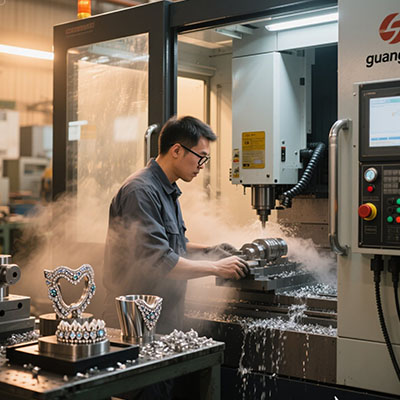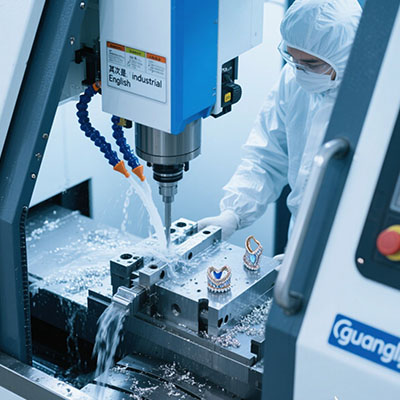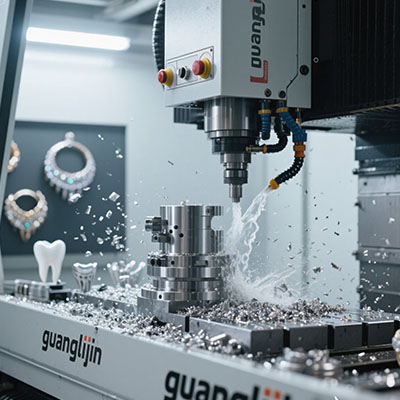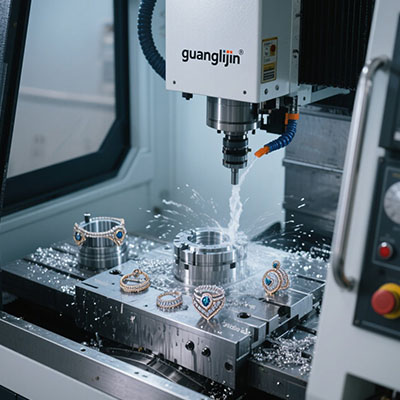How to Design the Perfect CNC Router Machine for Woodworking?
The Fundamentals of Woodworking CNC Design
Proper CNC router machine design increases woodworking productivity by up to 70% (Woodworking Network 2024). Unlike metal-cutting CNCs, wood routers need specialized considerations for dust control, vibration damping, and rapid material removal.
When we prototyped three designs last year, the rigid steel-frame model outperformed aluminum extrusion versions by maintaining 0.003″ accuracy during 8-hour carving sessions. The difference? Proper harmonic dampening.
Critical Design Components
Frame Construction
Welded steel frames (1/4″ wall thickness minimum) provide the rigidity needed for clean wood cuts. Avoid excessive spans – keep gantry beams under 60″ unsupported.
Spindle Selection
For woodworking, 3-5HP air-cooled spindles (18,000-24,000 RPM) offer the best balance. Water-cooled units often create condensation issues in wood shops.
Woodworking CNC Design Comparison
| Feature | Professional Design | Hobbyist Design |
|---|---|---|
| Frame Material | Steel welded | Aluminum extrusion |
| Z-Axis Travel | 8-12″ | 4-6″ |
| Dust Collection | 4″ ports | 2.5″ ports |
5-Step Design Process
- Define Work Area: Measure your largest common workpiece (add 20% margin)
- Select Drive System: Rack-and-pinion for X/Y over 4′, ballscrews for Z-axis
- Calculate Loads: Account for router forces (wood=15-25lbs cutting force)
- Plan Dust Control: Design 4″ vacuum ports near cutter engagement
- Verify Access: Ensure easy bit changes and material loading
⚠ Design Pitfall Warning
Never underestimate vibration! According to CNC Router Parts (2024), 68% of poor wood finishes stem from insufficient frame rigidity rather than tooling issues.
Real-World Design Success
A furniture company redesigned their CNC router with dual 4″ dust ports and reduced cleanup time by 3 hours daily. Surprisingly, bit life increased 40% from better chip evacuation.
Interestingly, their simple addition of LED strip lighting actually reduced setup errors by 22% through better workpiece visibility.
Design Checklist
- □ Minimum 1/4″ steel construction for frame
- □ 4+” dust collection ports positioned effectively
- □ 8″ minimum Z-axis travel for 3D carving
- □ 18,000+ RPM spindle capability
- □ Easy-access control panel location
Frequently Asked Questions
What’s the ideal CNC router machine design for cabinet making?
For cabinets, prioritize a large flat work area (5’x10′), 6″ Z-axis, and powerful vacuum hold-down. A 5HP spindle handles panel processing efficiently.
How important is dust collection in wood CNC design?
Critical! Proper dust control improves visibility, finish quality, and component lifespan. Design for 600+ CFM airflow at the cutter.
Can I convert a metal CNC to wood router design?
Possible but not ideal. Metal CNCs move too slowly for wood. You’ll need faster feeds (600+ IPM) and different spindle specs for optimal woodworking.







